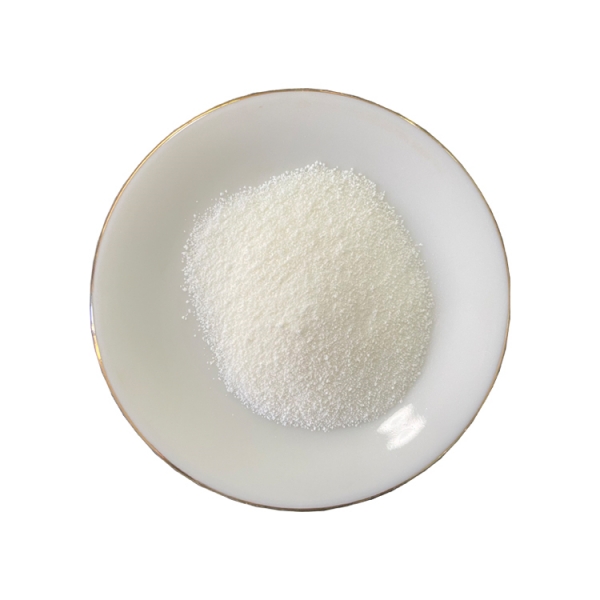In the world of processed foods, few ingredients are as ubiquitous and as controversial as sodium benzoate. Found on labels from soda to salad dressing, this preservative is often met with suspicion. But behind the chemical-sounding name lies a simple truth: sodium benzoate is a highly effective, necessary guardian against spoilage and foodborne illness. The real story isn’t about avoiding it entirely, but understanding its vital role and the specific, manageable context of its risks.
Sodium benzoate is the sodium salt of benzoic acid, a compound found naturally in berries like cranberries and prunes. Its power isn’t in adding flavor or texture, but in creating a hostile environment for the unseen enemies in our food: mold, yeast, and bacteria. It functions optimally in acidic environments (pH below 4.5), making it the preservative of choice for soft drinks, fruit juices, pickles, and condiments. In these conditions, it converts to its active form, benzoic acid, which penetrates microbial cells and disrupts their internal pH, effectively shutting down their ability to grow and reproduce. Without this defense, the shelf life of these common products would plummet, and the risk of spoilage would skyrocket.
The controversy surrounding sodium benzoate largely stems from two key areas: its interaction with Vitamin C and its perceived toxicity. When sodium benzoate and ascorbic acid (Vitamin C) are combined in a beverage and exposed to heat and light, they can form benzene, a known carcinogen. This is not a theoretical risk; it was a significant issue for the food industry in the early 2000s. However, this problem has been largely solved. Rigorous reformulation by manufacturers—such as removing Vitamin C, altering the formula, or using protective packaging—has dramatically reduced benzene levels in compliant products to well within safe limits set by regulatory bodies like the FDA and WHO.
The other persistent fear is that sodium benzoate is a “toxic chemical.” In reality, its safety profile is extensively documented. Organizations worldwide, including the U.S. Food and Drug Administration (FDA) and the European Food Safety Authority (EFSA), have established a strict Acceptable Daily Intake (ADI). For an adult, reaching this ADI would require consuming liters of soda daily. For the vast majority of people, the amount consumed in a typical diet falls well within safe limits. While some in vitro studies and anecdotal reports have linked extremely high doses to oxidative stress or cellular concerns, these effects are not observed at the exposure levels achieved through normal dietary intake.
The conversation about sodium benzoate is a microcosm of a larger debate about processed foods. Its presence is often a marker of a product that is highly processed, sugary, or acidic. Therefore, the decision to limit intake of sodium benzoate is less about the molecule itself and more about choosing a diet centered on whole, fresh foods. It is a highly effective tool for food safety and shelf-life extension, and when used responsibly within the global food safety framework, its benefits in preventing waste and illness far outweigh the highly specific and managed risks.
Post time: Oct-29-2025





